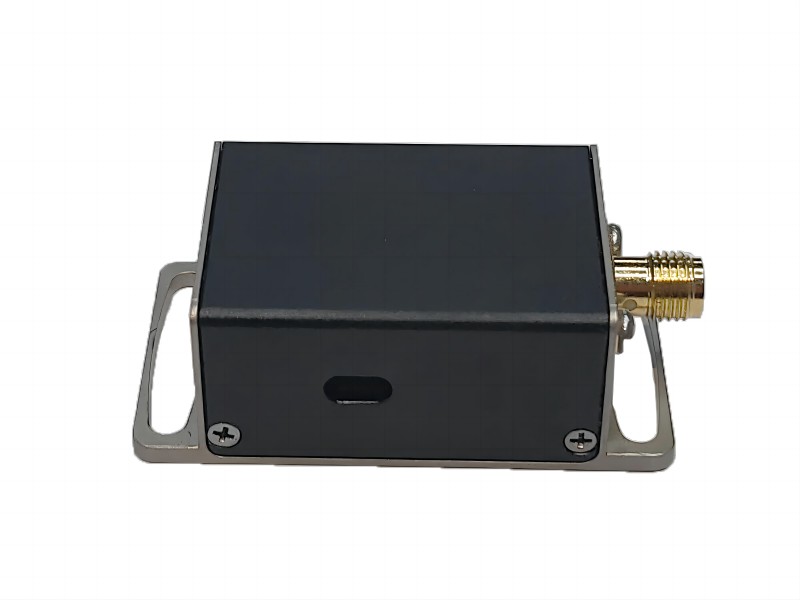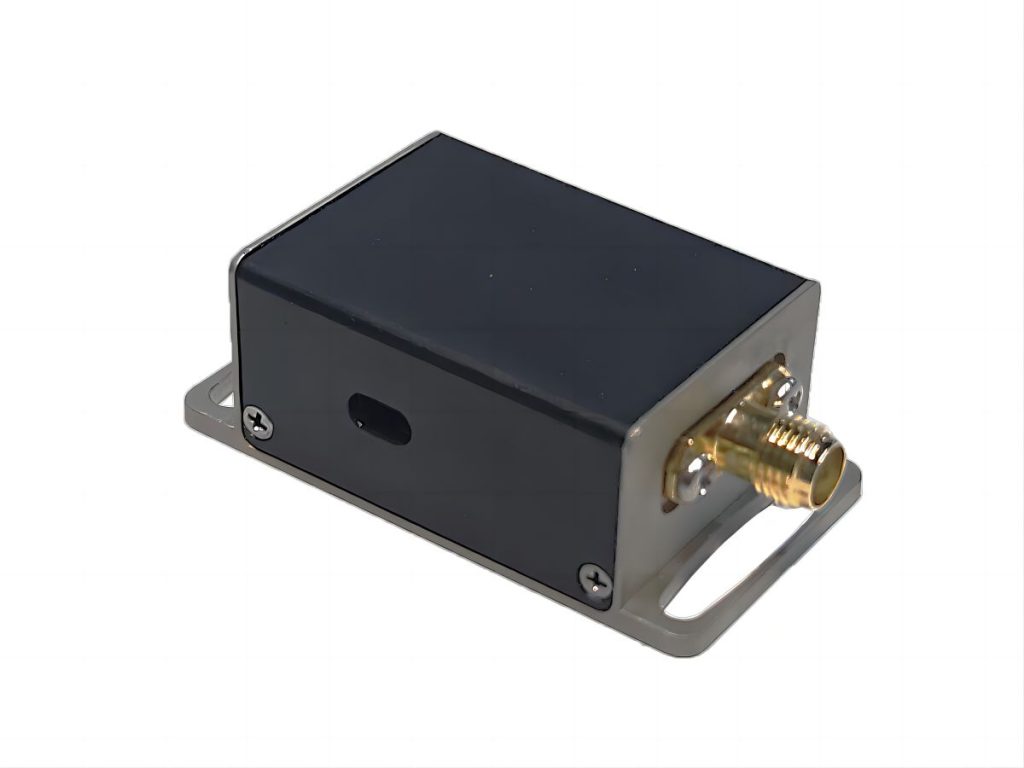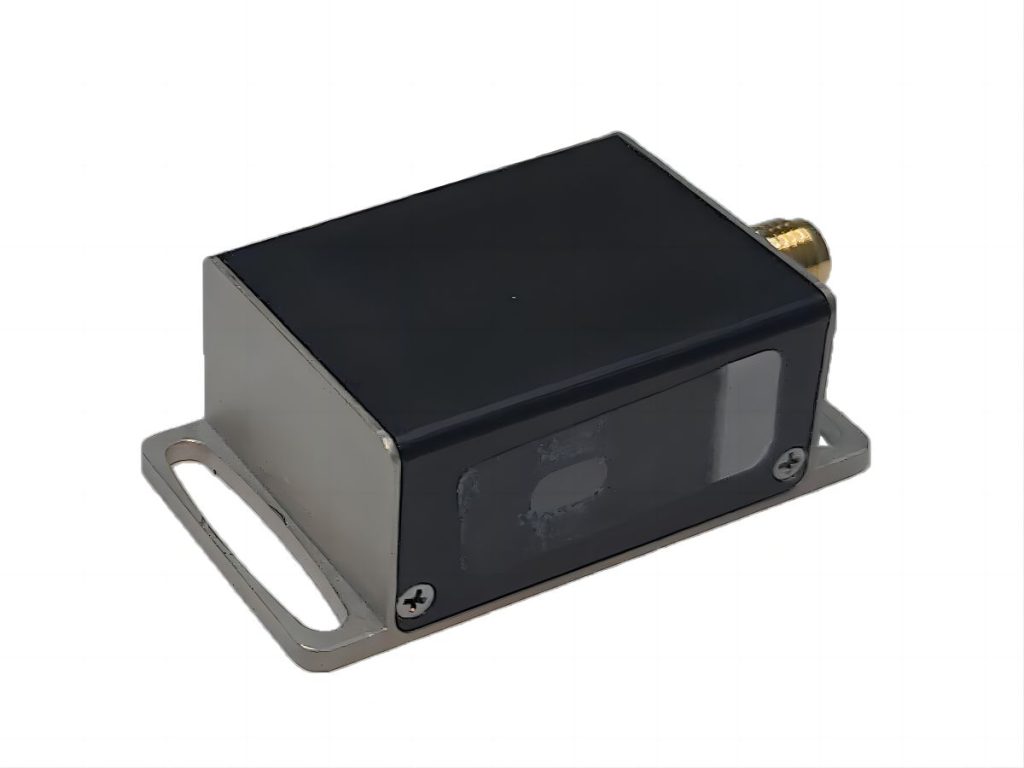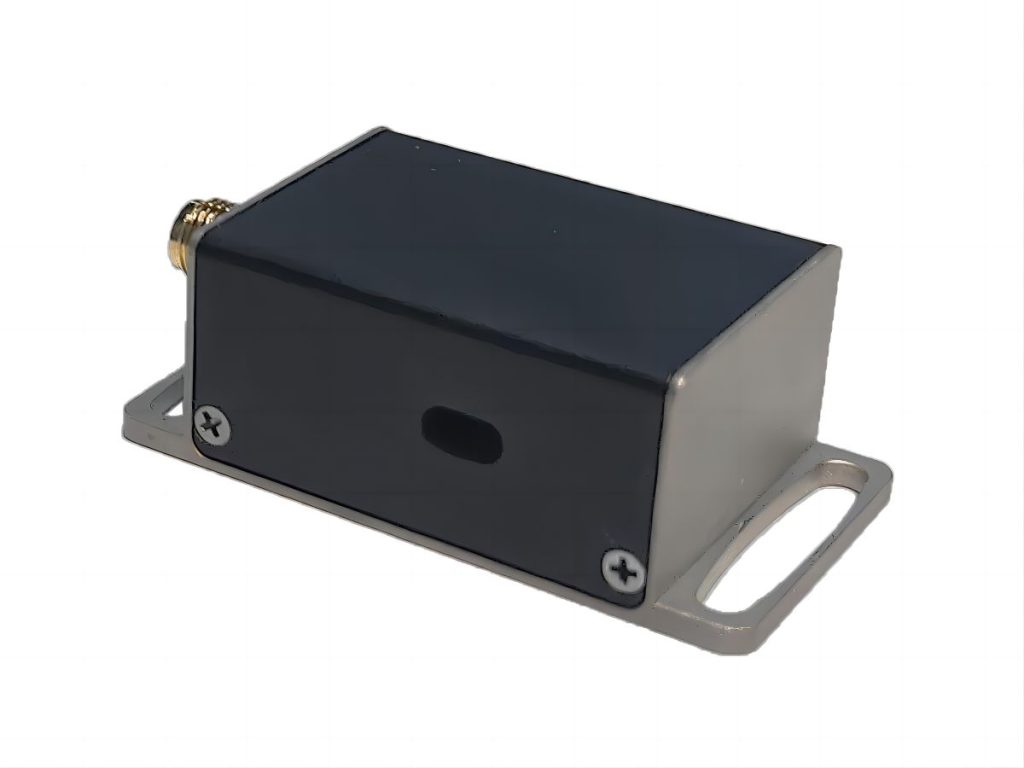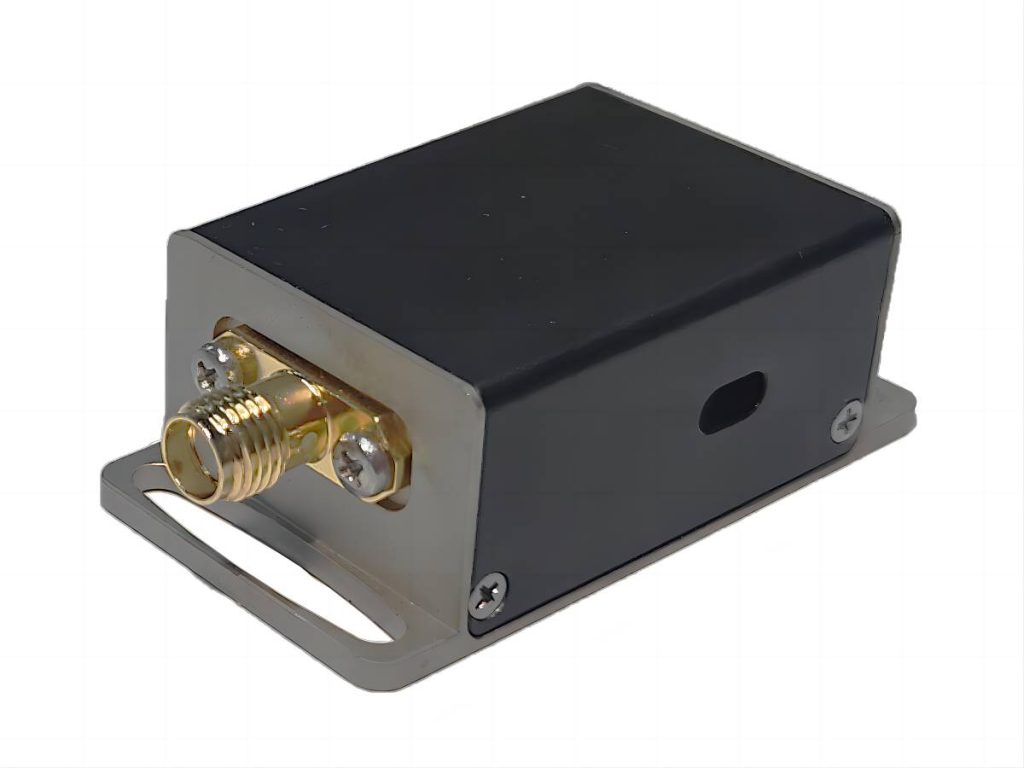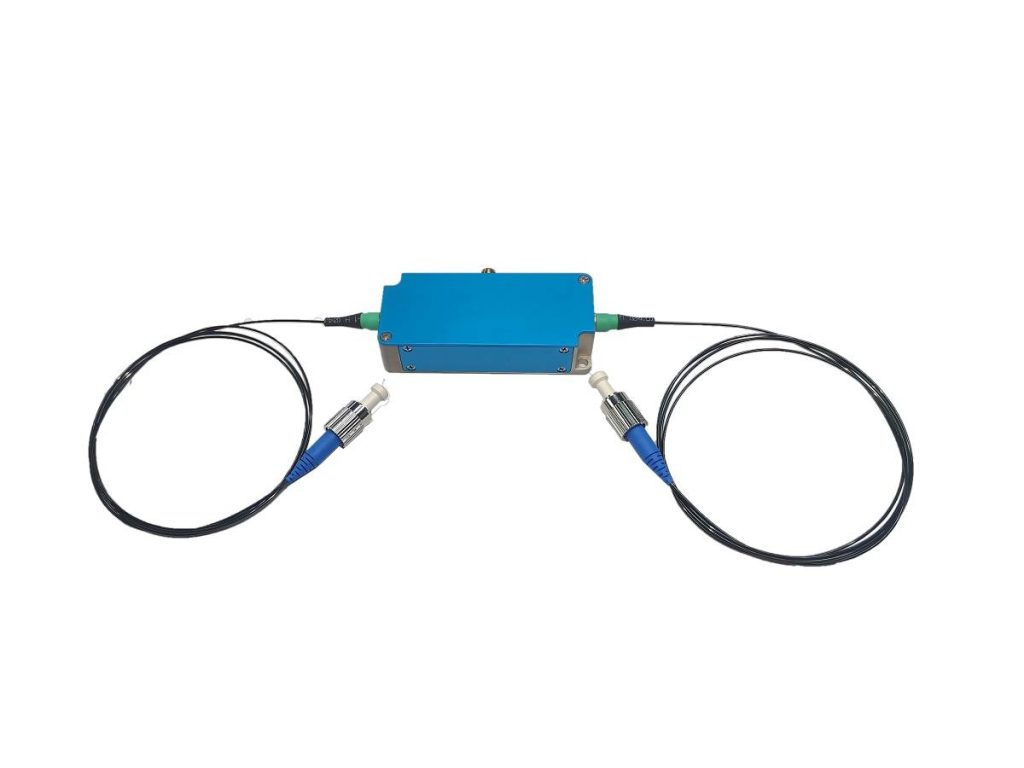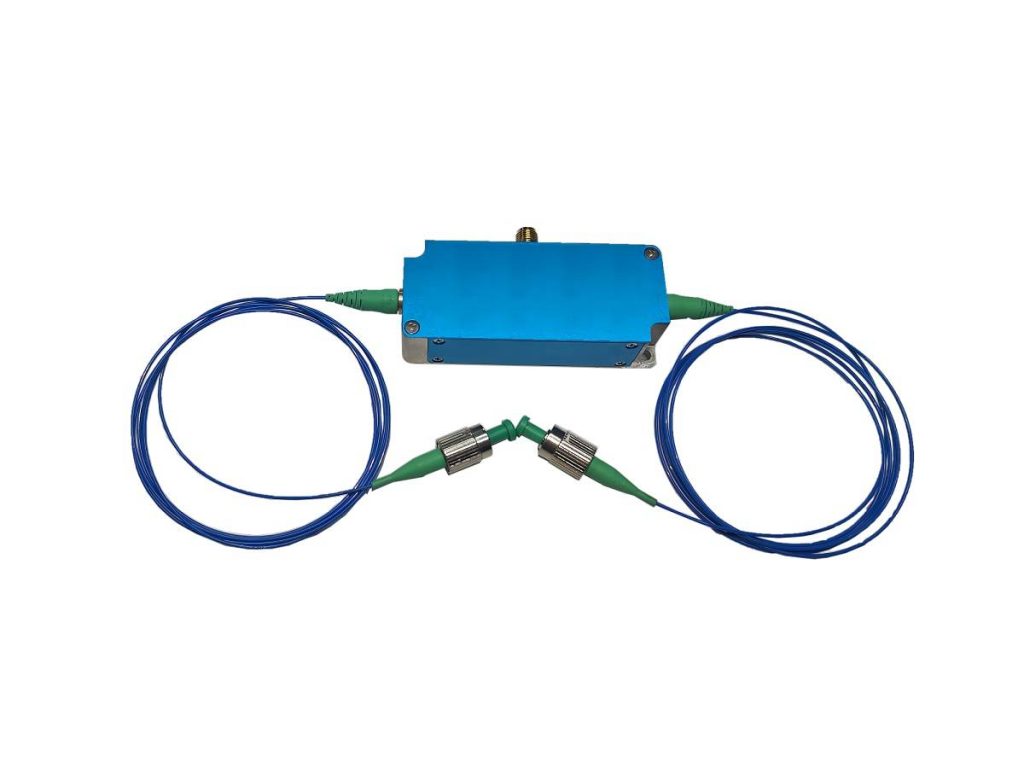How to Design an Acousto-Optic Modulator in an Optical System?
An acousto-optic modulator (AOM) is a versatile component in modern optical systems, used for applications ranging from intensity modulation and frequency shifting to beam deflection. AOMs leverage the interaction between light and sound waves to control laser beams in real-time, making them invaluable in fields such as spectroscopy, optical communications, and laser material processing.
Designing an optical system that incorporates an AOM requires careful planning and alignment to maximize performance and ensure the system meets its intended objectives.

Understanding the Role of AOM Optics
An AOM operates on the principle of acousto-optic interaction, where an acoustic wave traveling through a crystal creates periodic variations in the refractive index. When a laser beam passes through this modulated medium, it diffracts into several orders. The first-order diffracted beam is typically used for practical applications because it offers the highest diffraction efficiency and can be modulated by adjusting the acoustic wave properties.
Key functions of an AOM include:
- Intensity Modulation: Controlling the amplitude of a laser beam for applications like pulse shaping and signal encoding.
- Frequency Shifting: Changing the laser frequency to enable Doppler shifting or heterodyne detection.
- Beam Deflection: Steering the laser beam dynamically by tuning the acoustic wave frequency.

Key Steps in Designing an AOM-Based Optical System
1. Define System Requirements
The first step in designing any optical system is to establish clear requirements. For an AOM-based system, consider the following:
- Laser Wavelength: AOMs are designed for specific wavelengths. Ensure your laser’s wavelength matches the AOM’s specifications.
- Beam Size: The laser beam diameter must fit within the AOM’s aperture.
- Modulation Bandwidth: Determine the range of frequencies the AOM must handle, especially if your application involves rapid switching or scanning.
- Diffraction Efficiency: Select an AOM with high efficiency to maximize the power of the diffracted beam.
- Power Handling: Ensure the AOM can handle the optical power of your laser without damage or thermal issues.
2. Choose the Right AOM
AOMs come in various designs, optimized for different wavelengths, frequencies, and applications. Key specifications to evaluate include:
- Material: Common materials include tellurium dioxide (TeO₂), quartz, and fused silica. TeO₂ is popular due to its high diffraction efficiency and wide acceptance angles.
- Center Frequency: This determines the acoustic wave frequency that maximizes diffraction efficiency. Common values range from 40 MHz to 200 MHz.
- Physical Dimensions: Ensure the AOM fits within your optical setup and can be easily mounted.
- RF Power Requirements: Match the AOM with an RF driver capable of supplying the required power and frequency range.
3. Design the Optical Setup
The integration of an AOM into an optical system requires careful attention to alignment and optical parameters:
- Laser Alignment: The laser beam must enter the AOM at the Bragg angle, which is typically a small, precise angle (e.g., a few degrees). This ensures efficient diffraction into the desired order, usually the first-order beam.
- Beam Collimation: Use lenses to adjust the beam size and ensure it remains collimated through the AOM. A Gaussian beam with a waist smaller than the AOM’s aperture is ideal.
- Polarization: AOMs are often polarization-sensitive. Verify that the laser’s polarization aligns with the AOM’s design to maximize diffraction efficiency.
4. Integrate the AOM Driver
The AOM driver (RF driver) is a crucial component, as it generates the acoustic wave inside the AOM. Key considerations include:
- Frequency Tuning: The AOM driver’s frequency determines the diffraction angle and efficiency. For applications like beam scanning, a driver with a wide tuning range is necessary.
- Power Matching: Match the RF driver’s output impedance to the AOM’s input to minimize losses.
- Thermal Management: Both the AOM and RF driver can generate heat during operation. Ensure adequate cooling to maintain performance and reliability.
5. Optimize the Optical Path
Incorporating an AOM introduces additional beams due to diffraction. Optimize the optical path to use the desired beam effectively:
- First-Order Beam: The first-order diffracted beam is typically used for applications, as it has the highest intensity.
- Beam Stops: Block the zeroth-order beam (undiffracted) and higher-order beams with apertures or beam dumps to prevent interference.
- Double-Pass Configuration: For applications requiring higher modulation depth or frequency cancellation, consider a double-pass setup, where the beam passes through the AOM twice.
6. Test and Align the System
Fine-tuning the alignment and operational parameters is essential for achieving optimal performance:
- Alignment: Adjust the laser beam to precisely hit the Bragg angle and maximize diffraction efficiency.
- RF Power Tuning: Gradually increase RF power to achieve the desired diffraction without overloading the AOM.
- Beam Monitoring: Use photodetectors or cameras to measure the intensity and profile of the diffracted beam.

Build Advanced Configurations for AOM Optics
Depending on your application, building additional configurations may enhance performance:
- Feedback Control: Implement a feedback loop to stabilize the output intensity or frequency. This is useful in applications requiring high precision.
- Multiple AOMs: Use a series of AOMs for independent control of multiple laser beams or to achieve complex modulation schemes.
- Polarization Management: If your system includes polarizing optics, ensure the AOM’s polarization sensitivity aligns with other components.
Practical Considerations
While designing and operating an AOM-based optical system, keep the following tips in mind:
- Thermal Stability: Heat can affect both the AOM and RF driver. Use heat sinks or cooling fans to maintain stable operation.
- Mechanical Stability: Vibrations or misalignments can degrade performance. Secure all components firmly and consider isolating the system from external vibrations.
- Noise Reduction: Minimize electronic and optical noise by using proper shielding, grounding, and optical isolation techniques.
- Experimentation: Although theoretical alignment is crucial, fine-tune the system experimentally for best results. Small adjustments can significantly impact performance.
Applications of AOM Optics
The versatility of AOM optics makes them indispensable in numerous fields:
- Laser Communication: AOMs modulate laser signals for secure, high-speed data transmission.
- Spectroscopy: Precise frequency control enables high-resolution spectroscopic measurements.
- Optical Trapping: AOMs dynamically control laser beams for trapping and manipulating microscopic particles.
- Material Processing: Intensity modulation and beam steering enhance precision in laser cutting and engraving.
- Quantum Optics: AOMs manipulate light in quantum experiments, such as creating entangled photon pairs or controlling atomic transitions.

Designing an optical system with an acousto-optic modulator requires careful consideration of the AOM’s specifications, alignment, and integration with other components. By understanding the principles of AOM optics and following a structured approach, you can create a system tailored to your application’s needs. Whether you’re modulating intensity, shifting frequency, or steering beams, a well-integrated AOM system will provide precise and reliable control over your laser beam.


